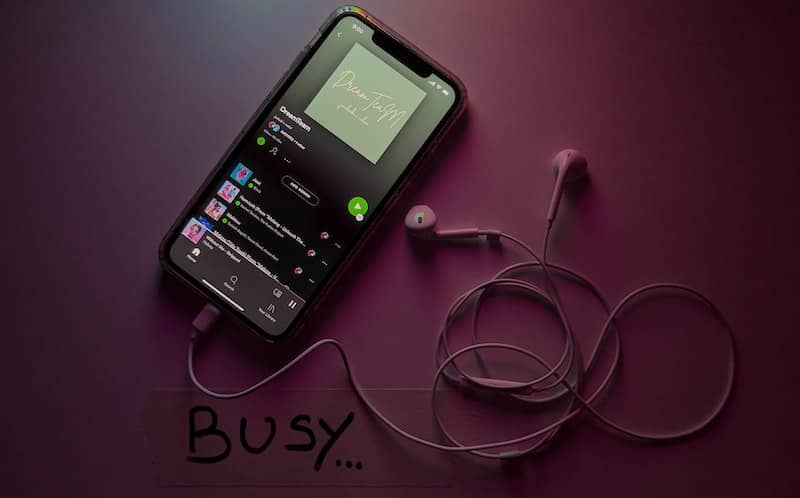Brief History of A&R
Historically, data hasn’t been much of a consideration for A&R teams, many of whom have relied on gut instinct, experience, and, well, taste. The difference today is the sheer amount of artists and music instantly available worldwide through DSPs (Digital Service Providers or Digital Streaming Platforms, depending who you ask). And while relying on only old methods in a new world may work, we think combining them is the best way forward.
A&R, or Artists and Repertoire, really came into its own with the development of the recording industry. As the commercialization of the phonograph ramped up during the mid-20th century, the music industry was splitting from two sectors into three sectors: publishing, performing, and now, recording.
The technological disruption of recorded music at scale expanded the artist pool, because it opened up a whole other world of song interpretation and, consequently, consumption. The recording artist was born, and A&Rs were positioned to help them succeed.
Originally, the A&R role was tasked with matching artists to the right song and/or songwriter. Before the Beatles, after all, commercially viable artists who wrote their own material were pretty much unheard of.

As the album format reached full maturity with ‘60s/‘70s Rock, A&Rs were increasingly involved, in varying degrees, with every aspect of an artist’s development, from discovery to production, creative direction to career trajectory.
A&Rs weren’t just song pickers or talent scouts: They were the business-minded angels on artists’ shoulders, the bridge between the artist’s wildest creative impulses and the record label’s most stringent budgetary concerns.
But the digital revolution started to change the A&R landscape in two major ways:
- Discovery wasn’t necessarily happening by chance in an underground club or through some random demo dropped in the mail. Discovery was increasingly happening on the internet through a groundswell of support from networked communities.
- Development wasn’t all coming top-down from label to artist. Development could happen from the bottom-up, with artists having more opportunities to determine the trajectories of their own creative output, branding, and careers.
But as data becomes increasingly important as a supplement to gut instinct, some things have always remained consistent in A&R:
- Predicting what will resonate with an audience.
- Getting there first.
